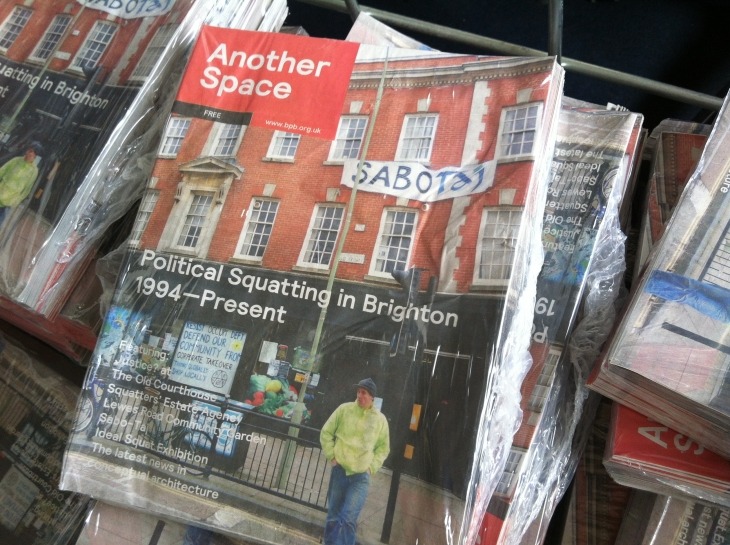Since the 1960's, squatting has risen in social status, causing arguments at dinner tables and evening news horror stories of innocent young home-makers having their homes wrecked by faceless rowdy criminals.
squat (skwot)
v. squat·ted, squat·ting, squats
v.intr. To settle on unoccupied land without legal claim.
n. The place occupied by a squatter.
The reality is skewed: with empty homes the last refuge for homeless men and women, families stuck on the housing list, and with squatting being such a huge solution in during the blitz, it’s hard for me to see why government ruling to forcefully evict squatters is being put in place, at the cost of tax payers, to revive otherwise empty space.
Since the 1960’s, squatting has risen in social status, causing arguments at dinner tables and evening news horror stories of innocent young home-makers having their homes wrecked by faceless rowdy criminals.
Simply looking at the amount of times I’ve had to redraft this article is a clear enough indicator of the controversial nature of the issue – but with campaign groups estimating the number of squatters at around the 20,000 mark (And counting people who don’t want to be found is a hard enough task in itself) that’s 20,000 people to either add to the prison or street population. It’s a big issue (No pun intended) and one being pressed upon by Brighton Photo Biennial’s Another Space, an exhibition looking at the rise of political squat culture from the 1990’s until now.
New laws being put in place against residential squatters leave squatters inside commercial properties – which are exempt from the new legislation – in an eery limbo between legality and the possible laws that may be enacted in future years. Political squatting is in itself a different breed – the squatters take on a role similar to that of a performance artist, with creative banners and signs to advertise to passers by the societal problems occurring right under their noses. They see empty space, ask questions and do – but unlike performance artists, their work isn’t measured in good reviews and rigorous rehearsals – it’s a rough and ready matter of a bed of four walls and not a sleeping bag on the street, a case of social change and the potential of empty space as art galleries, libraries, gardens, or social centres. It’s a poignant statement to the people and powers of Brighton, challenging what we think and ‘know’ about the politics of space, the ownership of land, and ways in which we are allowed to collaborate as a community.
But the photographer in these situations plays an even more crucial part – it’s a cross between documentary piece and that of a story-telling tableau – a story of ordinary people turning an ordinary place into something – and somewhere – extraordinary. Where a building may only get a few people walking past it a day, and may only last a month before the police intervene, the photographers lens reaches out and puts the work of political squatters on a platform to be reckoned with, before an audience of people from outside the area, and later generations to come.
It’s a job that the curators of Another Space seek to do, in the form of a satirical magazine advertising squats as a parody of existing real estate brochures. bring out the potential of these buildings to a new audience, to show people that where the news tells us there are drug addicts and criminals, there are innocent people, people with ideas, people with politics, and people with power.

